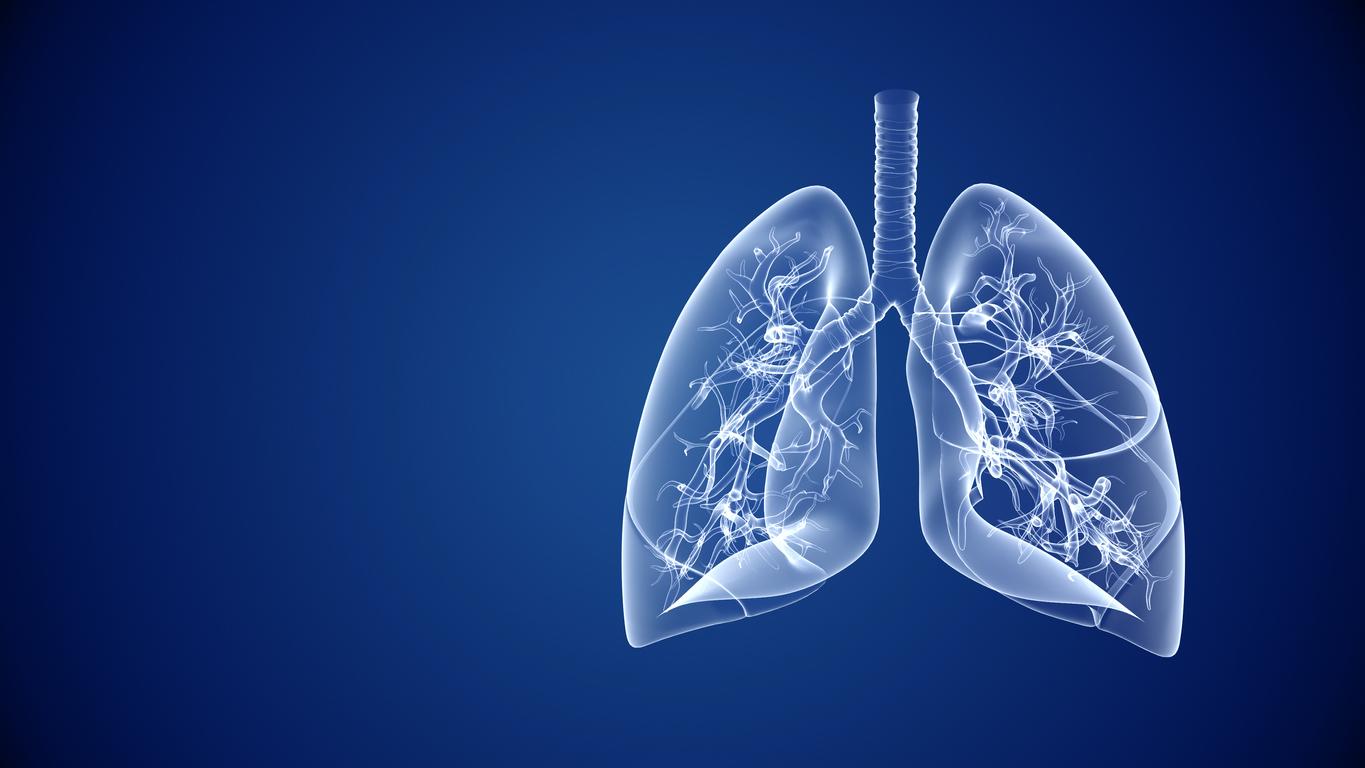
Part of the respiratory tract
The windpipe (trachea) is part of the respiratory tract. It is a type of tube where air can flow in and out so that oxygen can reach your lungs.
The trachea is an extension of the larynx, in front of the esophagus and runs in the direction of the lungs. Just before the lungs, the trachea splits into two branches: one for each lung.
flexible tube
In adults, the trachea is a tube about 10-12 centimeters long and 2-3 centimeters wide. It consists of about twenty flexible, but sturdy ‘rings’ of cartilage, with half a centimeter in between. They have the shape of a C and are connected at the back by muscle and connective tissue. The cartilage rings ensure that the trachea remains open, so that air can flow in and out.
cilia
The inside of the trachea is lined with mucous membrane with ciliated epithelium. That is a layer of cells with small cilia that expel dust and other impurities, so that the lungs remain clean.
When you swallow food or drink, a valve closes off the windpipe so that the food enters the esophagus and not your windpipe. Sometimes that doesn’t go well and something ends up in the windpipe. You will then automatically cough to clear the airways.
Tracheitis: inflammation
The inside of the windpipe can become inflamed by a bacteria or virus. It often occurs in combination with inflammation in another place in the respiratory tract, such as with bronchitis or the flu. The first symptoms of inflammation of the windpipe (tracheitis) are cough, sore throat and fever, which may later be accompanied by a hoarse voice, pain and shortness of breath.
It occurs especially in children and it can be serious for them: the airways can become blocked, causing them to choke. Tracheitis must therefore be treated intensively in children. In adults, the course is generally less severe.
Slack or narrowed trachea
If the firmness of the cartilage rings decreases, the trachea becomes slacker. The windpipe then closes during exhalation, which leads to shortness of breath. This condition, tracheamalacia, occurs as a birth defect, but can also be the result of a disease such as polychondritis or cartilage disease.
A narrowed windpipe also causes breathing problems. An enlarged thyroid gland can press against the trachea, but scars can also narrow the airways. This causes complaints such as shortness of breath and audible breathing.















